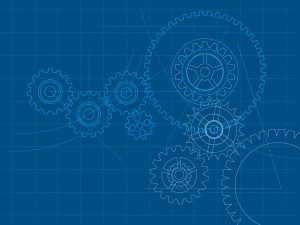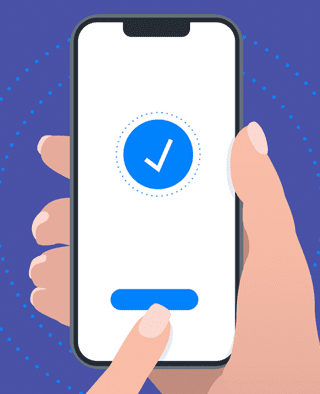
Article
Case Study: Capturing Quality Images for ML Algorithm
This post was previously on the Pathfinder Software site. Pathfinder Software changed its name to Orthogonal in 2016. Read more.
 Lean UX can work very effectively when designing complex products, including products that demand a heavy amount of science, complex workflows or handshaking between components. In this article, we’ll explore why Lean UX methods are effective.
Lean UX can work very effectively when designing complex products, including products that demand a heavy amount of science, complex workflows or handshaking between components. In this article, we’ll explore why Lean UX methods are effective.
What is Lean UX?
Three things come to mind when describing Lean UX. First, using very rapid (and usually low fidelity) iterations to get the user experience focused on the most critical and core features of the product. Second, using quick (and once again low fidelity) user tests to see if the product is resonating with the target audience. Third, engaging the product team to participate in these activities as opposed to the designer working solo.
Why Rapid Iterations Work
For complex products, rapid iterations are very effective even though they go against the grain of common sense. It seems logical that to problem-solve and design something complex, you inherently need a lot of time. However, by using rapid iterations, especially “time-boxed” workshops of an hour or two, you are requiring the team to focus and deliver the task at hand whether it be a task analysis, workflow design, visualization or a small prototype. People literally think differently when they have less time to wander and must focus on the task at hand. The workshop environment also makes it easier to get a variety of experts contributing to a single solution. One piece of advice, though, keep your workshops focused on a specific design goal. For the next goal, schedule another workshop.
Another reason rapid iterations work is you can do more of them. Think of a plane flying from LA to Hawaii. Say you allowed the plane to make three course corrections on the journey as opposed to thirty or three hundred. Being able to make more small adjustments is simply a better way way to reach a goal, especially when you are trying to isolate and design the critical and core aspects of a complex product. This can’t be accomplished with a few “big” iterations. With big iterations, you have no margin for error, which contradicts the nature of discovery processes that require experiencing what works as well as what doesn’t.
Why Testing Doesn’t Have to Be Formal
Sometimes the best test is the free and immediate one. Just showing a design to whoever is nearby can lead to valuable feedback. As with iterations, doing more informal tests is preferable to doing a few big ones. When you test quickly, there is less invested in the design and therefore more resources for refinement. With remote meeting and screen sharing capabilities, it is easy to set up informal tests with real users even if you can not be in the same room.
Why Design by Team is Not Design by Committee
Complex products demand critical and creative thinking from a variety of experts. When designing workflows, product visualizations and core concepts, it’s essential to get the team involved. Sometimes people react to this with the concern “Isn’t this design by committee?” It definitely is not. Design by committee is what happens when individual objectives and feature desires derail the user experience. Team design is about engaging a variety of experts around a specific and agreed upon set of objectives with the sole purpose of creating the best user experience possible for the user.
Teamwork is essential because it enables essential critical thinking to take place early in the design process. This mitigates two common problems. First, the problem that an expert isn’t talked to until it is too late to act on the new information. Second, the problem of discovering late in the process something that absorbed a lot of time is not very important.
Give Lean UX a Try
Lean UX can work for complex product design. With rapid iterations and increased teamwork, you will likely find your design process moves more quickly than you thought possible and your team is more engaged. You have nothing to lose and everything to gain by trying Lean UX methods.
Related Posts

Article
Case Study: Capturing Quality Images for ML Algorithm

Article
Patient Engagement & UX for Bluetooth Medical Devices

Article
How Design Can Improve Ratings for Medical Device Apps

Article
5 Keys to Integrating UX Design With Agile for SaMD